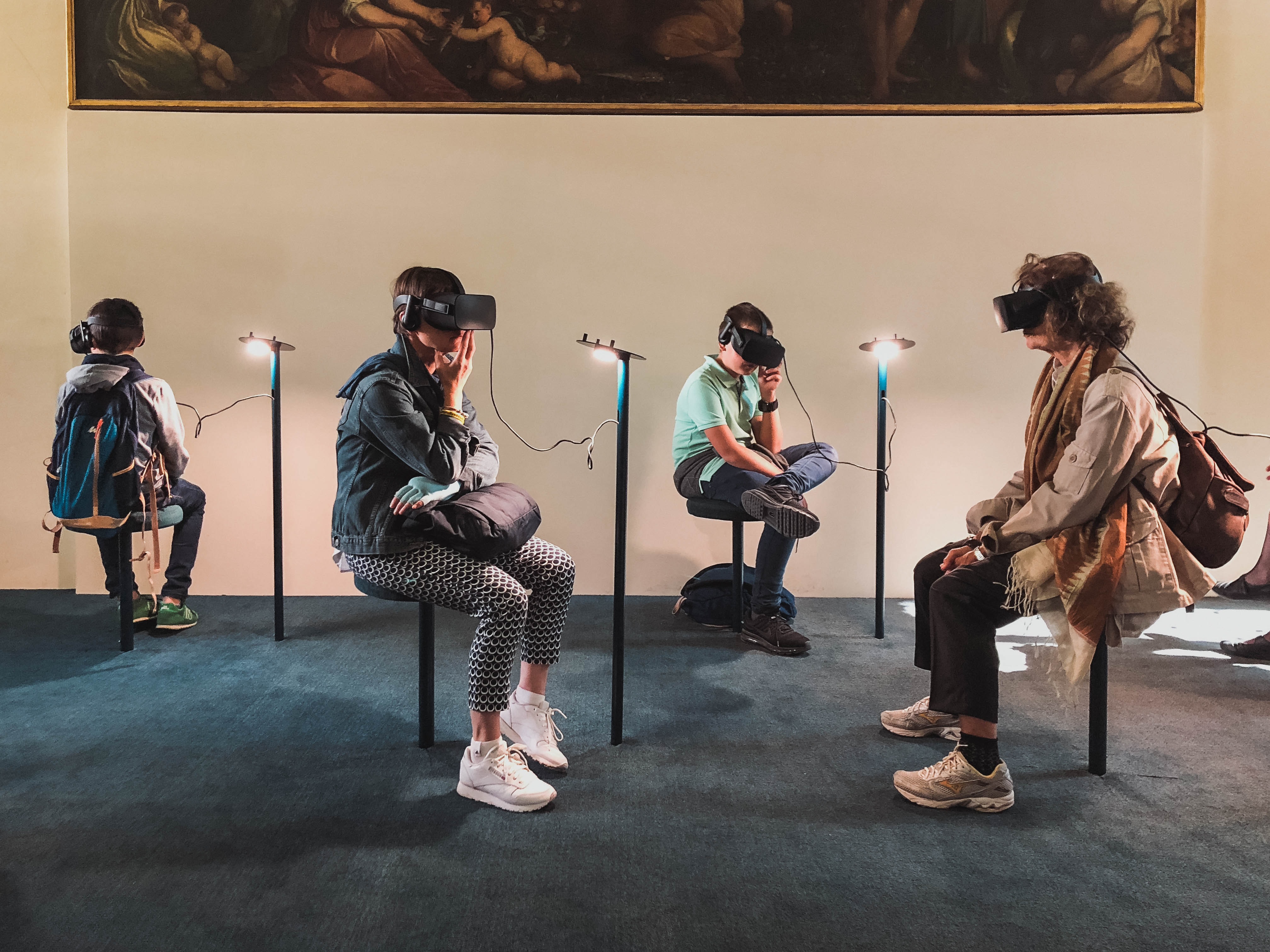Back to Blog
The Future of Payments: Augmented or Ubiquitous?
Facebook recently announced that they were changing their name to Meta. The main reason? To “recast the company’s public image from battered-social-network to tech innovator, focused on building the next generation of online interaction”. Will this move have an impact on the future of global payments? Will these payments take place within virtual reality? Is there another trend that better predicts the future? Let’s take a look.
Welcome to the Metaverse
“Meta” is a shortening of the word “metaverse”, a phrase coined by science fiction writer Neal Stephenson in 1992, referring to immersive virtual spaces where people can play games, attend concerts, meet with colleagues, and buy all kinds of digital goods and services. (NPR) Even though no one can say exactly what a Metaverse will look like, it does include virtual and augmented reality.
So, being a tech enthusiast myself, whose own virtual reality journey began back in 2014 with an Oculus DK2, this has become quite an interesting subject for me and has raised a couple of questions.

Will This Impact Payments in the Future?
Why does Facebook intend to invest so much money in virtual reality in the first place? The answer is pretty simple.
Technology trends come in waves; computers became common at home during the 1980s, followed by the internet in the 1990s, mobile phones in the early 2000s, and social networks in the late 2000s. So if you want to be relevant for the next wave, you have to be at the forefront of innovation and preferably be the one owning the platform and infrastructure that will build that next big ‘wave’.
As we all know, Facebook successfully did this for social networks, becoming by far the most significant player. And, if Meta can become the next platform for social interaction and work, perhaps even taking over the roles of Google, Apple, and Microsoft, it will be in an ideal position to monetise the future. Of course, payments are only a small part of this, but as the potential owner of the next big platform, Meta has some real power when it comes to limiting and controlling how payments and trade happen in the future.
Will Virtual Reality Reign Supreme, or is there Something Better?
Virtual reality is just one of the many potential visions for the future. An alternative, which can be described as roughly the opposite of virtual reality, is ubiquitous computing.
Virtual reality puts people inside a computer-generated world, but with ubiquitous computing, the computer resources are embedded directly into our surroundings. So, instead of hanging on our faces as a virtual reality headset does, ubiquitous computing makes the computers non-noticeable in our surroundings (even though they are always watching and hopefully making life easier).
A simple example of ubiquitous computing that I like to use is how brick-and-mortar stores might operate in the future. In this example, the shopping experience will be fully controlled and monitored. The store knows who you are and how much you’re supposed to pay for the products in your bag, making payments extremely smooth. However, this is less of a hypothetical and more of a work-in-progress, seeing that big companies like Amazon have been prototyping these stores for some years (what a surprise).
Furthering on this thought, if we really think about how common small computers are, it is undeniable that ubiquitous computing is already on its way. Just take a look at my local grocery store, where all prices are displayed on small eInk displays and updated centrally. In addition to dozens of computers on each shelf throughout the store, there are also multiple sensors checking temperatures, potential leaks, and monitoring security, plus small cameras on the payment terminals used for self-checkout payments.
It’s pretty safe to say that this is only the beginning. Stores are getting more and more automated, with the staff getting less and less visible, making them an obvious example of how ubiquitous computing is changing the shopping experience. But, with computer technology falling in price year by year, it is hard to predict where it will end.

Sign Up for Our Newsletter
Unlock updates, insights, and exclusive content delivered to you.
Dystopia or Utopia?
To many, the future visions proposed by both augmented reality and ubiquitous computing are equally dystopian. Why? Because it is merely a choice between two dystopian societies: either one with complete surveillance or one where “everyone will be living in pods” like in the Matrix.
In practice, it is likely that only bits and pieces of each side - the augmented and the ubiquitous potential futures - will end up becoming our reality. In the short term, the ubiquitous future might be more dominant because, let’s face it, having a computer in your face filming everything you look at is still a bit extreme to most people. The biggest issue to come will be who is in control of the data: will it be the consumers and end-users? Or, will it be dominated by one or two major companies, as with the current mobile duopoly of Apple and Google?
Ultimately, payments (and how to identify and authenticate the end-user) are essential factors in the augmented and ubiquitous visions of the future. So while Okay is mostly focused on the technical and compliance aspects of today's Strong Customer Authentication, we’re also actively looking at what the future will bring.